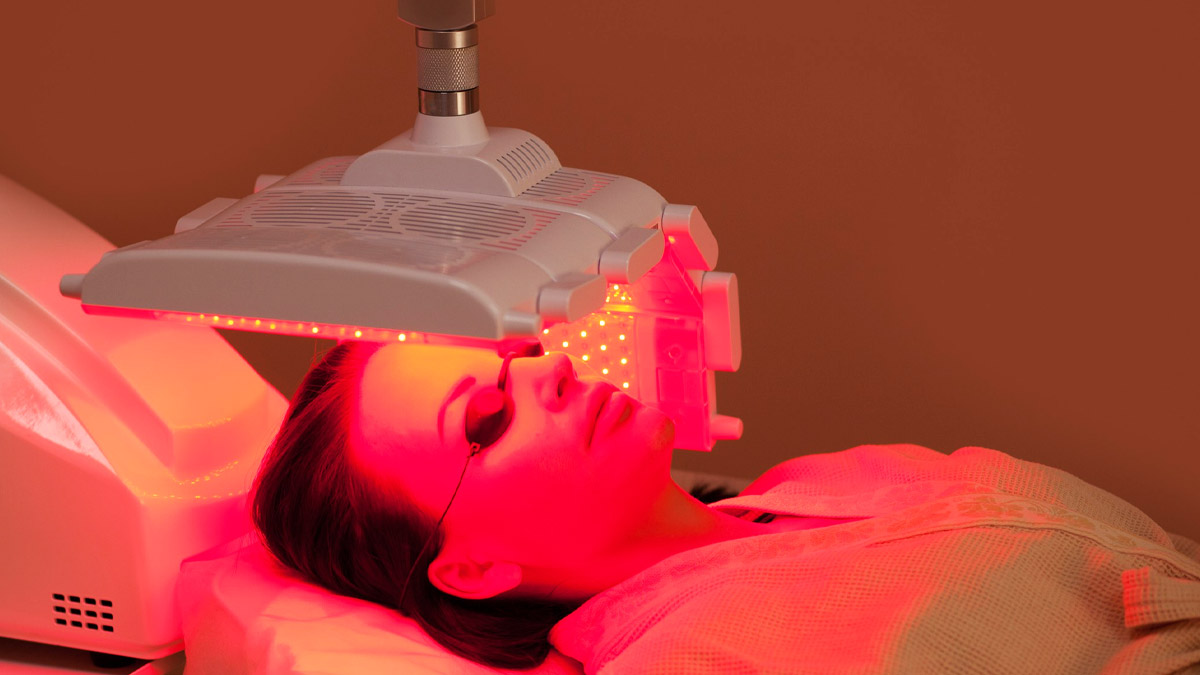
Red light therapy has become increasingly popular due to its many potential health benefits. Also known as photobiomodulation or low-level light therapy, it involves exposing the body to a specific type of low-energy red light. This light is thought to treat a variety of ailments, including skin and joint problems, as well as inflammation, pain, and even depression.
Table of Content:-
Red light therapy is believed to work by stimulating the body’s cells to produce more energy. This, in turn, helps the cells repair themselves, reducing inflammation and increasing the production of collagen and elastin. By stimulating the cells in this way, red light therapy can reportedly help reduce wrinkles, improve skin tone, and even help heal wounds.
Mechanism Of Red Light Therapy
Red light therapy is thought to work by acting on the mitochondria, the powerhouse of the cell, allowing cells to execute more efficiently with more energy, such as repairing skin, promoting new cell creation, and enhancing skin renewal. More specifically, particular cells absorb light wavelengths and are triggered to operate.
Red light therapy may be beneficial to skin health in the following ways:
- Stimulate collagen formation, which is responsible for skin's structure, strength, and suppleness
- Increase the production of fibroblasts, which produce collagen. Collagen is a protein found in connective tissue that helps to form skin
- Increase blood flow to the tissue
Also read: Light Therapy Can Help Kill Cancer Cells, Finds Study
Benefits Of Red Light Therapy
Red light therapy has been used to help treat joint pain and inflammation. Studies have found that the therapy can help reduce pain and stiffness associated with arthritis, as well as increase mobility. It may also help to reduce inflammation caused by sports injuries, such as tendonitis.

Red light therapy has also been studied for its potential to treat depression and other mental health issues. It may be able to reduce stress and anxiety, as well as improve mood.
Is It Safe To Use Red Light Therapy?
When used for short-term and as advised, red light therapy appears to be safe and without negative effects. This procedure is non-toxic, non-invasive, and less harsh than certain topical skin treatments. RLT does not use the cancer-causing ultraviolet (UV) light found in the sun or tanning booths.
Also read: Things To Keep In Mind Before And After Taking PRP Therapy For Hair
RLT has showed encouraging results in treating several skin problems, but there is little agreement among scientists on the treatment's benefits. According to current studies, RLT may be a useful addition to your skin care regimen. Before attempting anything new, consult with your doctor or dermatologist. A dermatologist can confirm your skin condition and discuss the benefits of red light therapy and other treatment choices.
Image credit: FreePik
Also watch this video
How we keep this article up to date:
We work with experts and keep a close eye on the latest in health and wellness. Whenever there is a new research or helpful information, we update our articles with accurate and useful advice.
Current Version